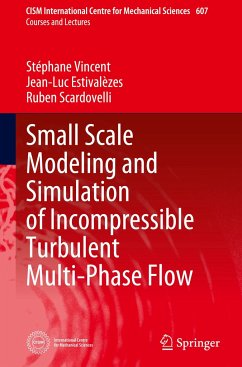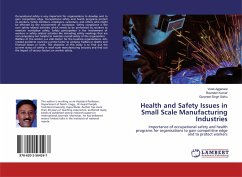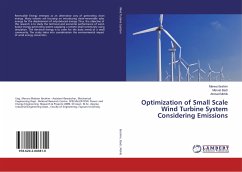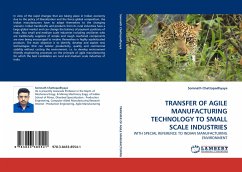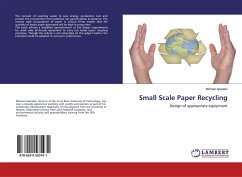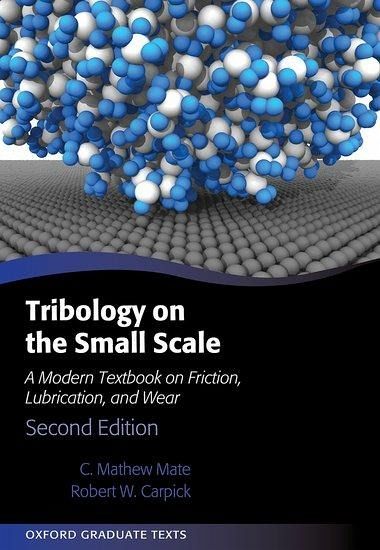
Tribology on the Small Scale
A Modern Textbook on Friction, Lubrication, and Wear

PAYBACK Punkte
49 °P sammeln!
Friction, lubrication, adhesion, and wear are prevalent physical phenomena in everyday life and in many key technologies. This book incorporates a bottom-up approach to friction, lubrication, and wear into a versatile textbook on tribology. This is done by focusing on how these tribological phenomena occur on the small scale -- the atomic to the micrometer scale -- a field often called nanotribology. The book covers the microscopic origins of the common tribological concepts of roughness, elasticity, plasticity, friction coefficients, and wear coefficients. Some macroscale concepts (like elast...
Friction, lubrication, adhesion, and wear are prevalent physical phenomena in everyday life and in many key technologies. This book incorporates a bottom-up approach to friction, lubrication, and wear into a versatile textbook on tribology. This is done by focusing on how these tribological phenomena occur on the small scale -- the atomic to the micrometer scale -- a field often called nanotribology. The book covers the microscopic origins of the common tribological concepts of roughness, elasticity, plasticity, friction coefficients, and wear coefficients. Some macroscale concepts (like elasticity) scale down well to the micro- and atomic-scale, while other macroscale concepts (like hydrodynamic lubrication) do not. In addition, this book also has chapters on topics not typically found in tribology texts: surface energy, surface forces, lubrication in confined spaces, and the atomistic origins of friction and wear. These chapters cover tribological concepts that become increasingly important at the small scale: capillary condensation, disjoining pressure, contact electrification, molecular slippage at interfaces, atomic scale stick-slip, and atomic bond breaking. Throughout the book, numerous examples are provided that show how a nanoscale understanding of tribological phenomena is essential to the proper engineering of important modern technologies such as MEMS, disk drives, and nanoimprinting. For the second edition, all the chapters have been revised and updated to incorporate the most recent advancements in nanoscale tribology. Another important enhancement to the second edition is the addition of problem sets at the end of each chapter.





